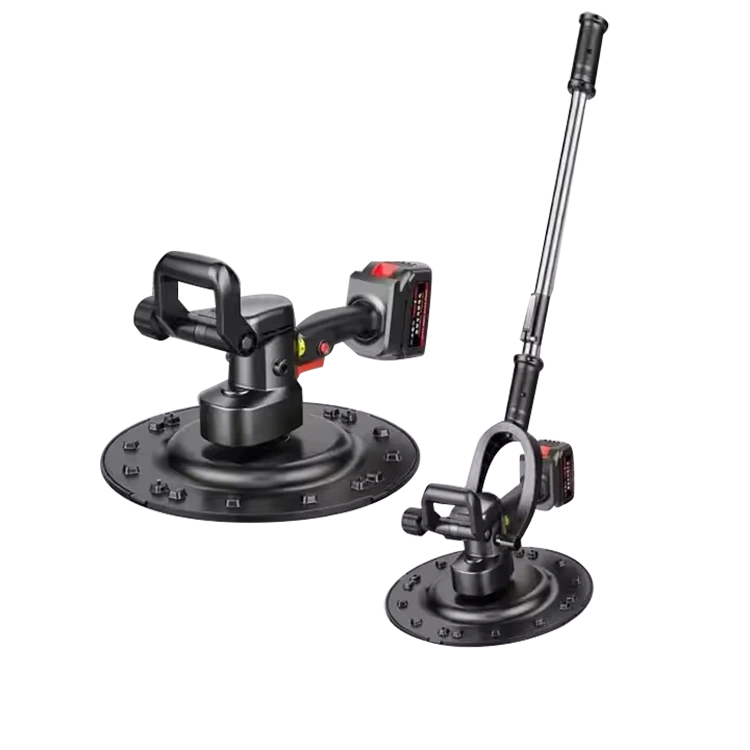How to Use a Plastering Electric Trowel for Best Results
2025-05-08
The plastering electric trowel is a powerful finishing tool, but like any tool, knowing how to use it correctly is crucial. In this blog, we’ll break down tips, techniques, and best practices to help you get the most out of your device.

Step-by-Step Guide to Using an Electric Trowel
1. Prepare the Surface
Make sure the plaster or render is evenly applied and slightly set before starting. The surface should be moist, not wet.
2. Choose the Right Pad or Blade
Use soft pads for light smoothing and hard blades for more aggressive compaction. Attach securely before turning on the machine.
3. Adjust the Speed
Start on a lower speed setting to get a feel for the movement. Increase speed gradually as needed, especially for thicker materials.
4. Work in Overlapping Circles
Move the tool in circular, overlapping motions to ensure even coverage and avoid swirl marks.
5. Edge Carefully
Slow down near edges or corners. In tight spaces, consider using a smaller head attachment for better control.
Maintenance Tips
Clean the blades/pads immediately after use to avoid hardened material buildup.
Inspect cables and motor regularly for safety.
Lubricate moving parts as recommended by the manufacturer.
Best Applications for Electric Trowels
Interior wall plastering
Ceiling smoothing
Cement finishing in small areas
Stucco and decorative coatings
Conclusion:
A plastering electric trowel can save hours of manual labor and deliver a superior finish—if used correctly. With a little practice and maintenance, this tool can become an essential part of your plastering workflow.


